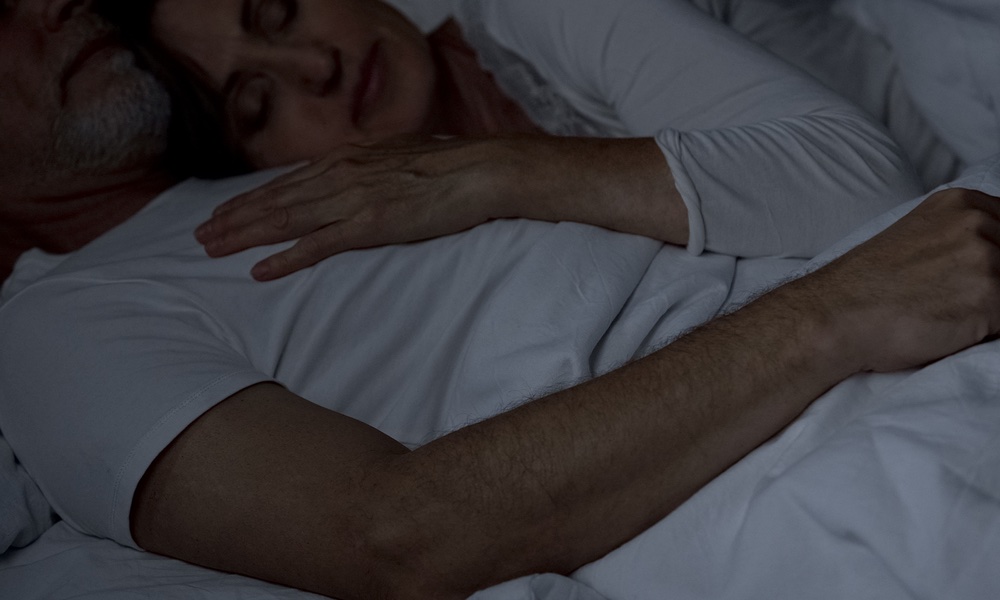There's a new coating for windows that lets more sunlight pass through them, especially light at the blue end of the spectrum. And if these light-friendly windows become commonplace, they could give a big boost to the mood of the many people who'll be looking through them.
Light has profound effects on mood, though the full story isn't known yet. It is known that people with seasonal affective disorder (SAD), a type of depression that occurs in the fall and winter months, often improve when treated with light therapy--exposure to additional light. An early study from 2006 found light therapy as effective as fluoxetine (Prozac) in helping people with SAD feel less depressed. And since then, light therapy has become a standard treatment for the disorder.
Exposure to blue light at night delays the onset of REM (deep) sleep. Conversely, it's thought that exposure to more blue light during the day could make people feel less sleepy and more alert, particularly those who spend most of the day indoors.
What about people who haven't been diagnosed with a mood disorder? There's a definite consensus that many people, especially those who spend lengthy periods indoors, would feel better if they were exposed to more natural light, for instance if they spent more time in the sun (but don't forget your sunscreen). Windows that let in more light could be a substitute for people who are trapped indoors most of the day.
It's currently thought that there would be fewer sleep disorders and people would have an easier time getting to sleep at night if they were exposed to less blue light at night time. And studies dating back to 2006 have shown that, indeed, exposure to blue light at night delays the onset of REM (deep) sleep. Conversely, it's thought that exposure to more blue light during the day could make people feel less sleepy and more alert, particularly those who spend most of the day indoors.
Does blue light have other special effects on the mind? Possibly. A 2010 study found that exposure to blue light enhanced responses to emotional stimuli and stimulated connections between areas of the brain that process emotion and language, at least compared to green light. But there's currently little consensus among researchers about the effect of specific colors of light on mood and how they compare to the effects of white light. You could say that opinions run the full spectrum.
But there is consensus that windows block out a good deal of the blue light in sunlight and that less blue light makes its way through windows today than it did 30 years ago. Back then, most windows were single-paned. Most of today's windows are double- or triple-paned and all that extra glass blocks out even more of the blue light. A little more getting through certainly couldn’t hurt.
Can letting more light into their life, particularly blue light, make the average person happier and less grumpy? Nobody knows yet. If the new coated windows become common, it will be interesting to find out. Studies still need to be done.




